Come funzionano i diamanti quantistici: dall'imaging dei campi magnetici alla rilevazione dei virus /
How quantum diamonds work: from imaging magnetic fields to detecting viruses
Segnalato dal Dott. Giuseppe Cotellessa / Reported by Dr. Giuseppe Cotellessa
I diamanti, uno dei materiali più duri sulla Terra, sono
così forti da poter proteggere fragili stati quantistici che altrimenti
sopravviverebbero solo nel vuoto od a temperature ultra rigide. Gli ingegneri
stanno padroneggiando l'arte di coltivare diamanti con proprietà speciali e
rilevare i loro giri quantici, aprendo una gamma di applicazioni di rilevamento
nelle scienze della vita e altrove.
Diamanti in crescita
Gli ingegneri possono sintetizzare i diamanti in diversi modi, ma la deposizione di vapore chimico è solitamente il metodo di scelta per fabbricare le pellicole monocristalline necessarie per i sensori.
1. Posa di strati
Una miscela di metano, idrogeno e azoto gassoso viene surriscaldata, utilizzando una fonte di calore come le microonde, per formare un plasma. Gli atomi di carbonio del metano, così come l'atomo di azoto occasionale, si depositano dal plasma su uno strato di seme riscaldato che stimola la crescita di una pellicola di cristallo di diamante. L'idrogeno modula il processo.
2. Bombardamento
La pellicola di diamante viene quindi colpita da un fascio di elettroni, che espelle alcuni atomi di carbonio dal cristallo per creare spazi vuoti. Questi posti vacanti sono distribuiti casualmente tra gli atomi di carbonio e azoto nel cristallo.
3. Ricottura
Riscaldare il diamante a una temperatura superiore a 700 ° C eccita gli atomi, facendo muovere i posti vacanti (cerchi rossi tratteggiati). Molti di loro si depositano accanto agli atomi di azoto per formare centri di vacanza di azoto (NV).
4. Centri di eccellenza
L'atomo di azoto, la vacanza e gli atomi di carbonio immediatamente intorno a loro formano un "atomo artificiale", che ha una sua proprietà quantistica, nota come spin. Lo spin può essere rappresentato come un set di magneti, con i poli nord e sud. La disposizione di questi magneti fornisce lo stato di rotazione.
Una nuova svolta sulla fluorescenza
I centri NV emettono una fluorescenza rossa quando la luce verde viene utilizzata per eccitarli. La misurazione della quantità di luce rossa emessa rivela lo stato dello spin; combinato con microonde e campi magnetici, questo metodo è chiamato risonanza magnetica rilevata otticamente e può essere utilizzato per la diagnostica o l'imaging.
Interruttore dimmer
Per una rotazione in uno stato combinato, l'emissione di luce rossa è forte. Se la rotazione viene spostata verso l'alto o verso il basso, l'emissione di luce si attenua.
Microonde
Sintonizzando un emettitore attraverso le frequenze delle microonde si troverà uno che fa ruotare lo spin verso l'alto o verso il basso, facendo diminuire l'intensità della fluorescenza della luce rossa.
Campo magnetico
Con un campo magnetico presente, due frequenze causano cali di intensità luminosa. La differenza tra quei tuffi rivela la forza del campo.
Catturare le particelle di virus
Le proprietà fluorescenti dei diamanti quantistici potrebbero essere utilizzate per test diagnostici ultrasensibili. In un campione di sangue, nanodiamanti tempestati di anticorpi potrebbero essere utilizzati per catturare un virus. Questo si attaccherebbe quindi al DNA che si attacca a una striscia reattiva su un risonatore a microonde. Le microonde cambierebbero lo spin nei diamanti in cattività, migliorando il loro segnale fluorescente e rendendo la tecnica 100.000 volte più sensibile rispetto ad altri metodi.
Sbirciando nel cervello
L'attività elettrica dei neuroni nel cervello produce campi magnetici che penetrano nel cranio. Rilevare questi piuttosto che i campi elettrici crea immagini più chiare dell'attività cerebrale. I sensori che utilizzano i diamanti NV potrebbero sostituire i dispositivi superconduttori, che possono leggere i campi magnetici ma richiedono temperature criogeniche.
Cercando la tua strada
Il GPS aiuta le persone a navigare, ma i satelliti possono essere vulnerabili ai brillamenti solari o ai disturbi intenzionali. Poiché il campo magnetico terrestre varia in intensità e direzione intorno al globo, misurarlo fornisce un altro modo per determinare la posizione. I magnetometri basati sui centri NV potrebbero effettuare letture di campi magnetici e individuare la loro ubicazione, potenzialmente con una precisione di 50 metri. La lettura potrebbe essere confrontata con mappe esistenti di anomalie magnetiche per trovare posizioni, con l'accuratezza che dipende dalla risoluzione della mappa. Le mappe con codice colore mostrano variazioni localizzate nel campo magnetico terrestre.
ENGLISH
Diamonds, one of the hardest materials on Earth, are so strong that they can protect fragile quantum states that would otherwise survive only in a vacuum or at ultra-cold temperatures. Engineers are mastering the art of growing diamonds with special properties and detecting their quantum spins — opening up a range of sensing applications in the life sciences and elsewhere.
Growing diamonds
Engineers can synthesize diamonds in several ways, but chemical vapour deposition1,2 is usually the method of choice for fabricating the single-crystal films needed for sensors.
1. Laying down layers
A mix of methane, hydrogen and nitrogen gas is superheated, using a heat source such as microwaves, to form a plasma. Carbon atoms from the methane, as well as the occasional nitrogen atom, settle out of the plasma onto a heated seed layer that prompts the growth of a diamond crystal film. Hydrogen modulates the process.
2. Bombardment
The diamond film is then hit with an electron beam, which kicks some carbon atoms out of the crystal to create empty spaces. These vacancies are distributed randomly among the carbon and nitrogen atoms in the crystal.
3. Annealing
Heating the diamond above 700 °C energizes the atoms, causing the vacancies (dashed red circles) to move around. Many of them settle next to nitrogen atoms to form nitrogen-vacancy (NV) centres.
4. Centres of excellence
The nitrogen atom, vacancy and the carbon atoms immediately around them form an ‘artificial atom’, which has its own quantum property, known as spin. Spin can be pictured as a set of magnets, with north and south poles. The arrangement of these magnets provides the spin state.
A new spin on fluorescence
NV centres fluoresce red when green light is used to excite them. Measuring how much red light is emitted reveals the state of the spin; combined with microwaves and magnetic fields, this method is called optically detected magnetic resonance3, and can be used for diagnostics or imaging.
Dimmer switch
For a spin in a combination state, the red-light emission is strong. If the spin flips to up or down, the light output dims.
Microwaves
Tuning an emitter through microwave frequencies will find one that flips the spin to up or down, causing the intensity of red-light fluorescence to dip.
Magnetic field
With a magnetic field present, two frequencies cause dips in light intensity. The difference between those dips reveals the strength of the field.
Capturing virus particles
The fluorescent properties of quantum diamonds could be used for ultrasensitive diagnostic tests. In a blood sample, nanodiamonds studded with antibodies could be used to capture a virus. This would then attach to DNA that sticks to a test strip over a microwave resonator. Microwaves would change the spin in the captive diamonds, enhancing their fluorescent signal and making the technique 100,000 times more sensitive than other methods4.
Peering into the brain
Electrical activity by neurons in the brain produces magnetic fields that penetrate the skull. Detecting these rather than the electrical fields creates clearer images of brain activity. Sensors using NV diamonds5 could replace superconducting devices, which can read magnetic fields but require cryogenic temperatures.
Finding your way
GPS helps people to navigate, but the satellites can be vulnerable to solar flares or intentional jamming. Because Earth’s magnetic field varies in strength and direction around the globe, measuring it provides another way of determining position. Magnetometers based on NV centres could take readings of magnetic fields and pinpoint their whereabouts, potentially with an accuracy of 50 metres. The reading could be compared with existing maps of magnetic anomalies to find locations, with the accuracy depending on the resolution of the map. The colour-coded maps show localized variations in Earth’s magnetic field.
Da:
https://www.nature.com/articles/d41586-021-00743-3

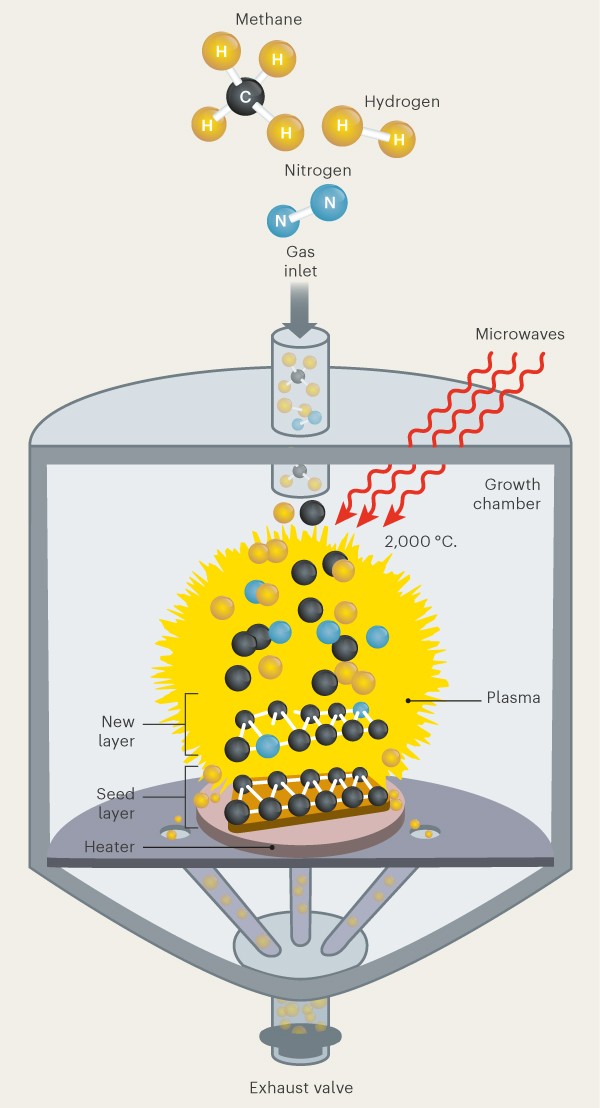
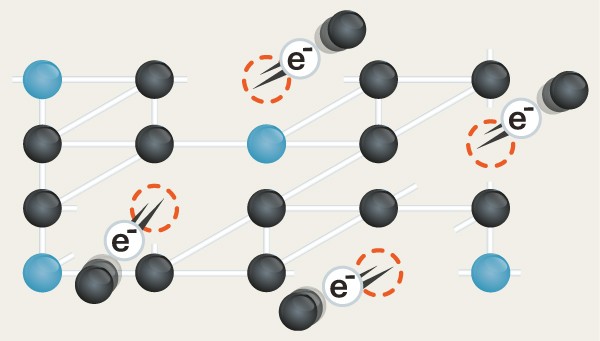
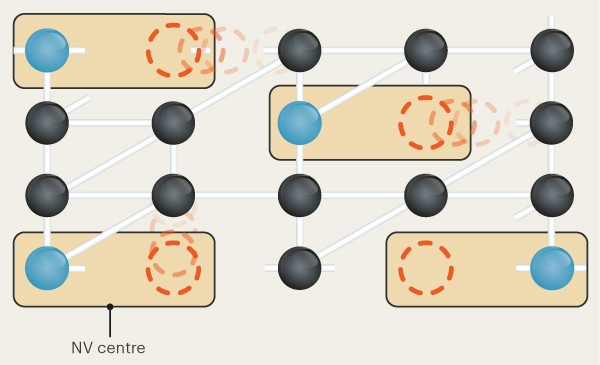
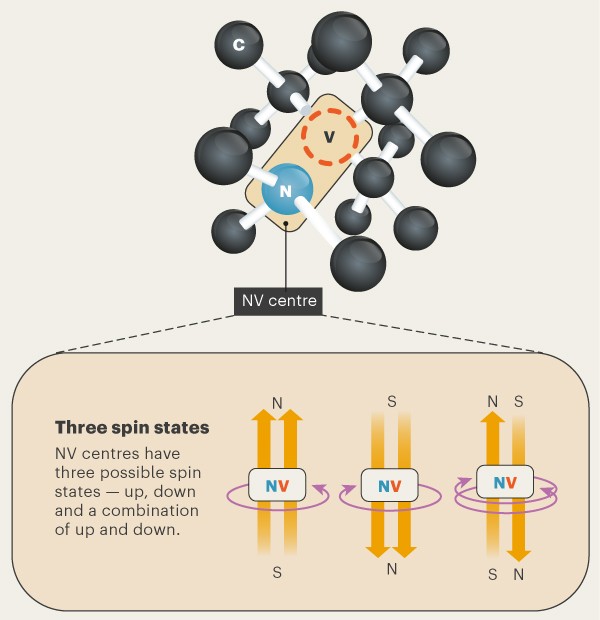
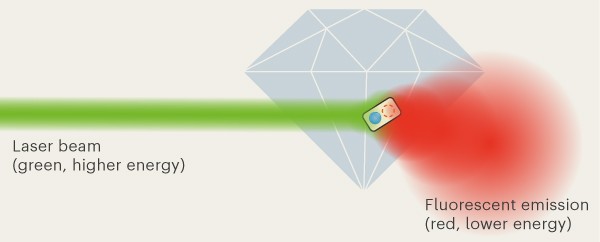
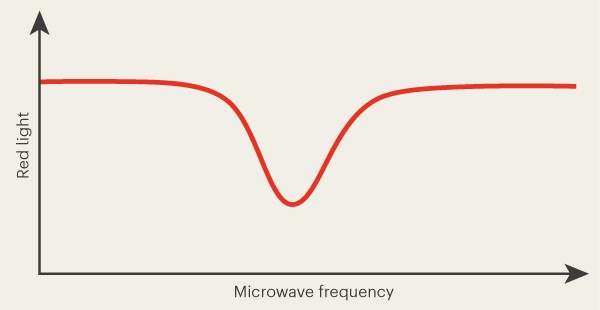
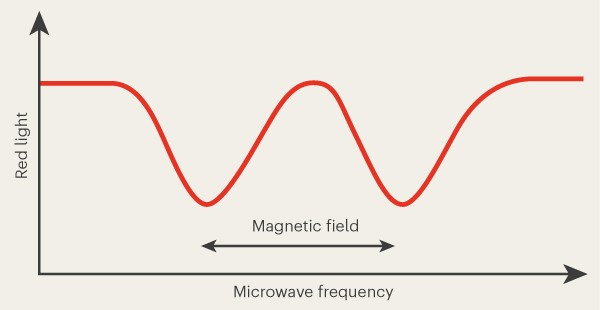
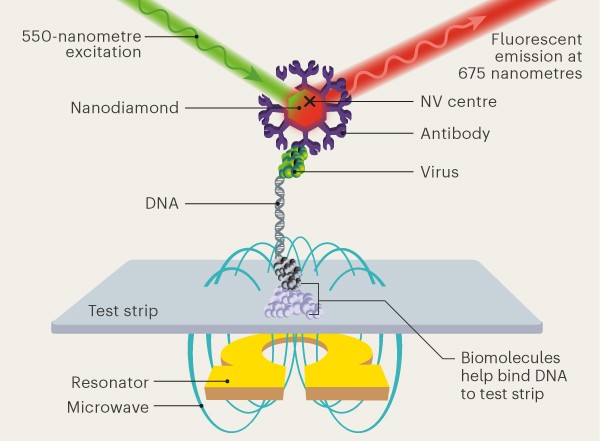
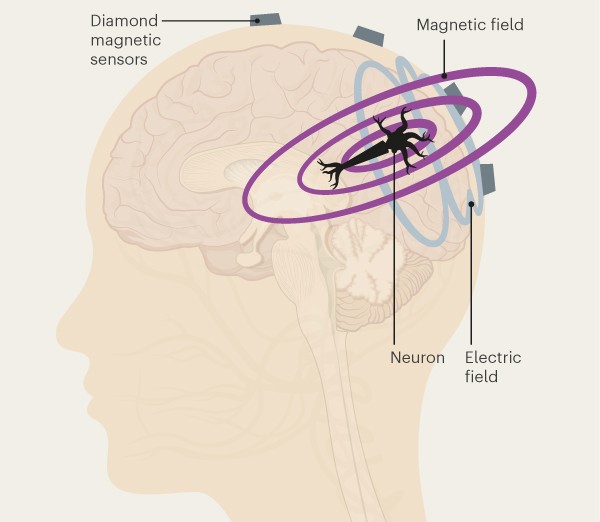




Commenti
Posta un commento